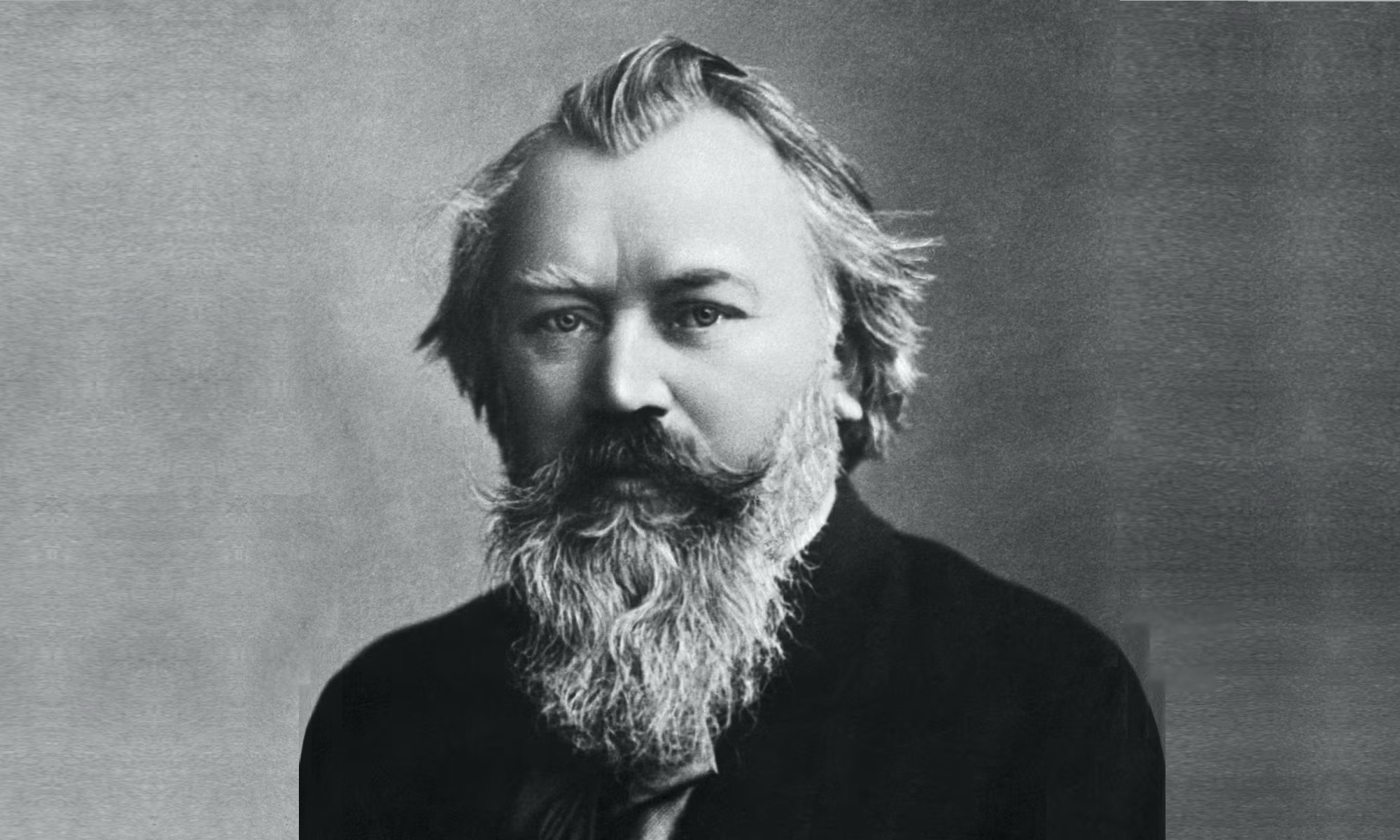Description
Beethoven's 5th Sonata Beethoven's 5th Sonata, Opus 102 No. 2, is the last in a cycle of sonatas for cello and piano that spanned the years 1796 to 1815. Cellists are fortunate to be able to cover Beethoven's three major creative periods with just five sonatas. Although "Beethoven was always Beethoven," one can agree that, living from 1770 to 1827, he was as much a witness as a participant in the transition from Classicism to Romanticism. As a (very turbulent) student of Joseph Haydn, he mastered classical forms and was already adept at twisting them at will. Then, swept along by the "Sturm und Drang" wave, at the turn of the century, he wrote the most beautiful Romantic works ever written. And, around 1815, after a surprisingly sterile period, he opened the door to a definitive style that continues to surprise and move. This sonata, opus 102, no. 2, is above all a masterpiece of invention and emotion. The first movement exhibits total freedom of form, with very short themes that sometimes follow one another without transition, and very marked contrasts. The second movement, an adagio that borders on the sublime through the length of its phrases, a constant lyricism, and a palette of emotions ranging from the deepest despair to the greatest bliss, is music that is pervaded by a spiritual breath. Similar passages can be found in the 9th Symphony, the "Hammerklavier" sonata, and the Missa Solemnis. At the end of this movement, the music becomes sparse, tends towards silence, and dies to give rise to the third movement: a fugue. The fugue occupies the largest space in Beethoven's late works; it is the most elaborate compositional technique in music, consisting of bringing themes together while allowing them to stand on their own. This art of counterpoint, championed by Johann Sebastian Bach, had fallen into relative disuse since the mid-18th century, the spirit of the times being ill-suited to the cerebral rigor of the fugue. Beethoven seized upon it and pushed the technique to its climax in the "Great Fugue," Op. 133, of which Stravinsky said: "contemporary music, contemporary forever." Certainly, the composer seems to be having fun developing his complex structure, but what about the listener? The great pleasure of listening to the fugue is first of all to feel the puzzle taking shape live, to follow the themes passing from one voice to the next, but above all to feel the energy emanating from this progressive elaboration; A fugue, particularly by Beethoven, cannot leave one indifferent. Our 5th Sonata is remarkable in the sense that it is one of the first works to reflect all aspects of Beethoven's late style. Thus, in retrospect, we have been able to identify guidelines in Beethoven's output by evoking one, two, or three different styles. Nevertheless, Beethoven never ceased to be himself; an ultra-modernist spirit, a compositional genius who knew how to touch all audiences, and a man who, although traversed by the deepest tragedies, never ceased to express joy or believe in human brotherhood. A true Romantic hero.
Programme
F. Schubert
Fantasy for four hands piano in F minorJean-Frédéric Neuburger and Victor Demarquette, pianoL. v. Beethoven
Sonata N°5 for cello and pianoHenri Demarquette, cello ; Jean-Frédéric Neuburger, pianoJ. Brahms
Piano quintet in F minor Op. 34Kerson Leong & Daniel Neuburger, violin ; Paul Zientara, viola ; Henri Demarquette, cello ; Victor Demarquette, piano
